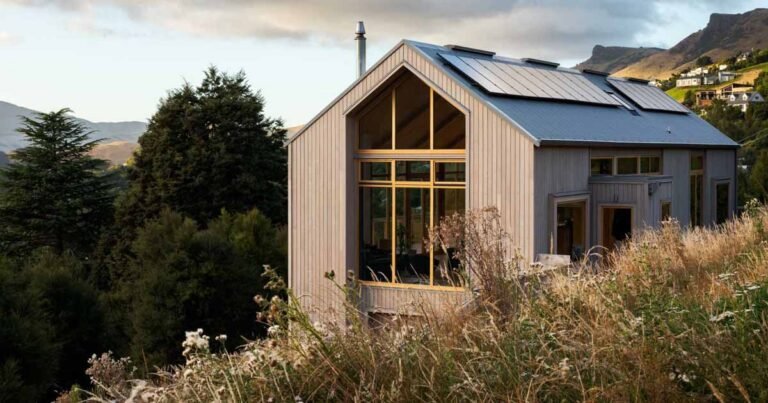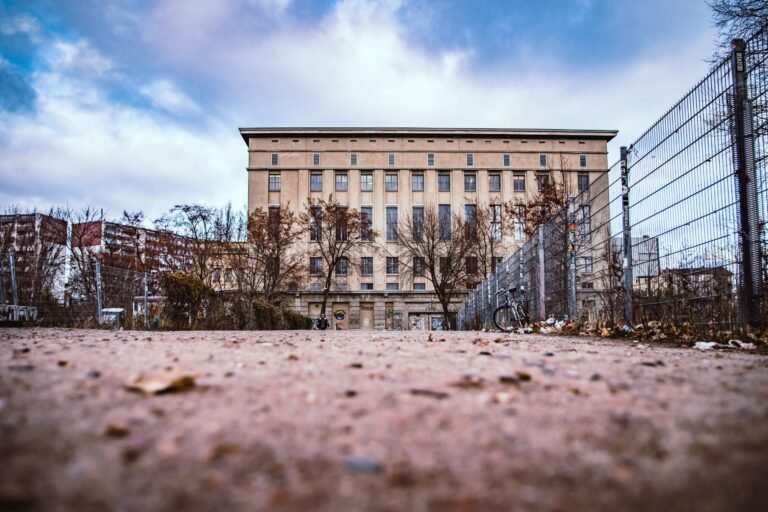House in Pombal Street / São Paulo Criação
House in Pombal Street / São Paulo Criação


Text description provided by the architects. At a construction site before this, while seeing tons of rubble without a destination, was when I first used this technique. Each of the walls developed a different texture as we studied ways to build them. This surprises who walks by, and maybe makes them think about sustainability, which is evident in these rubble walls, that carry memories of the house that stood there once. They are living walls, full of information.





This project maintains the typical volume of the neighborhood. I pursued not only harmony for the space, but the rethinking and praising of construction techniques that are efficient, economic, and complementary, transforming those into poetry and providing the owners a constant pleasure of inhabiting this space. This was the concept for this project.


We drew the columns away from the corners of the ground floor. This provided a balance for the solid slab, which was made slender and without the need for beams, further expanding the ground floor space and giving the sensation of a floating ceiling. The columns are metal tubes filled with concrete, slender; they mimic the window frames, striving always for the lightness of the ground floor.

The only concrete walls, parallel to each other, function to brace the whole structure and sustain the water reservoir. Between them are the stairs and a stained glass window, which provides light to the southern side of the house and cross ventilation. On the upper floor, the distribution of the rooms is a wide corridor running through the house from south to north. On the facade, an ample terrace provides enjoyment of the privileged view of the neighborhood.



Cyclopean walls, generous for the vegetation to settle over time, support the steepness of the terrain. The electrical and hydraulic installations are explicit on the entire facade. Rubble, stone, wood, concrete, and glass. One material enhances the other. Some demolitions are essential, but most are a waste of energy, labor, and material extracted from nature, to return it to the environment as garbage. In this project, we avoided dozens of trucks to unload rubble and bring bricks from circulating through the city. We saved money, time, and pollution caused by diesel. In addition to this sustainability aspect, the house has photovoltaic panels and the reuse of rainwater









